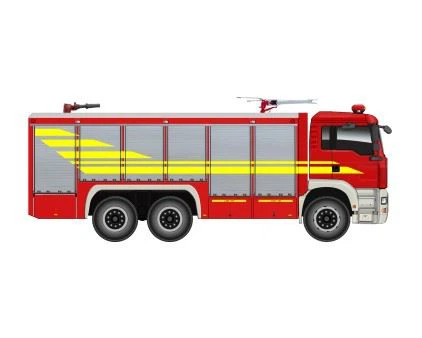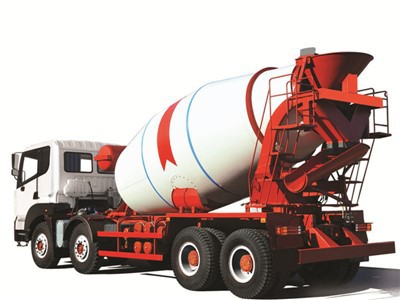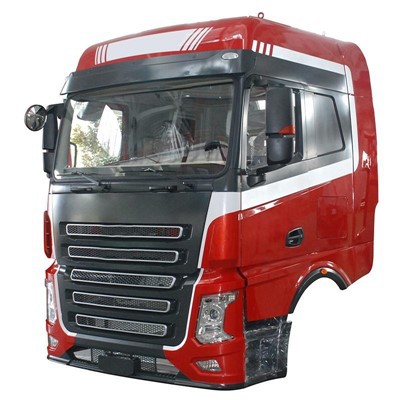Understanding Forklifters: Essential Guide to Types, Usage, Safety, and Maintenance

Introduction
Forklifters, also known as lift trucks or fork trucks, are an indispensable piece of equipment in warehouses, construction sites, and distribution centers. They enhance productivity by efficiently lifting, moving, and stacking materials. This article delves deep into the world of forklifters, exploring their various types, usage guidelines, importance in safety, maintenance best practices, and more. Whether you’re a business owner, a safety officer, or an employee operating these machines, this comprehensive guide will help you understand forklifters better.
What is a Forklifter?
A forklifter is a powered industrial vehicle used to lift and transport heavy loads over short distances. They come equipped with a pair of forks, or prongs, that can be raised and lowered to load and unload materials. Different types of forklifters cater to various working environments, payload capacities, and operational needs.
Types of Forklifters
1. Electric Forklifters
Electric forklifters are powered by batteries and are suitable for indoor use due to their lack of emissions. They are quieter and often have a lower operating cost compared to their gas or diesel counterparts.
Benefits of Electric Forklifters
- No gas emissions, making them ideal for indoor environments.
- Lower noise levels during operation.
- Less maintenance required due to fewer moving parts.
2. IC (Internal Combustion) Forklifters
IC forklifts are powered by either gasoline or diesel. They are generally more powerful and better suited for outdoor usage on rough terrain. They can lift heavier loads compared to electric forklifts.
Benefits of IC Forklifters
- Higher lifting capacity.
- Greater durability in challenging outdoor conditions.
- Longer operational hours without needing to recharge.
3. Rough Terrain Forklifters
Rough terrain forklifts are designed for outdoor use on uneven ground. Equipped with large, heavy-duty tires, they provide excellent traction and stability.
Sprucing Up Your Forklifting Techniques
It’s essential to choose the proper type of forklifter based on your work environment and load requirements. Conduct analyses of your operational needs before making a selection.
4. Narrow Aisle Forklifters
Narrow aisle forklifts are designed to operate in tight spaces. Their compact size allows them to maneuver easily within narrow aisles, maximizing storage capacity in warehouses.
5. Pallet Jacks
Pallet jacks are the simplest form of forklifters, designed for lifting and moving pallets. They can be manual or electric, and although they don’t typically have lifting capabilities like other forklifters, they are still essential for warehouse operations.
How Forklifters are Used in Various Industries
1. Warehousing and Distribution
Forklifters are heavily utilized in warehouses for moving goods from receiving docks to storage areas and from storage areas to shipping docks. They enhance efficiency and speed up the logistics process.
2. Construction
In the construction industry, forklifters are used to transport heavy materials like bricks, concrete blocks, and steel beams. Their ability to lift materials to elevated heights is crucial for building operations.
3. Manufacturing
Manufacturing facilities use forklifters to move raw materials to production lines and finished products to shipping areas. They help maintain a seamless flow of materials through the production process.

4. Retail
In retail environments, particularly in large warehousing-type stores, forklifters help restock shelves and manage inventory. Their ability to quickly transport goods ensures the availability of products for customers.
Safety Guidelines for Forklifter Operation
Safety should always be the priority when operating forklifters. Here are some essential guidelines:
1. Training and Certification
All forklift operators should undergo comprehensive training and obtain proper certification. Training programs often include hands-on practice and safety instruction.
2. Pre-Operational Checks
Before operating a forklifter, perform a pre-operational inspection. Check for any visible damage, inspect controls, and ensure that safety features are functioning properly.
3. Load Safety
Never exceed the maximum load capacity of the forklifter. Properly balance the load and ensure it is securely placed on the forks before transporting.
4. Proper Operation Techniques
Always look in the direction of travel, use the horn when approaching corners, and avoid sharp turns to maintain stability. When stacking materials, make sure they are stable and not at risk of falling.
Maintenance Practices for Forklifters
Regular maintenance of forklifters is crucial to ensure their functionality and longevity. Here are some tips:

1. Daily Maintenance Checks
Conduct daily checks before operating the forklift. Inspect fluid levels, make sure there are no leaks, and test all controls.
2. Regular Servicing
Schedule regular servicing with certified technicians to take care of all complex maintenance issues and keep all mechanical components in good working condition.
3. Tire Maintenance
Check the condition of tires regularly. Replace any worn or damaged tires to ensure optimal performance and safety.
Common Issues with Forklifters and How to Address Them
1. Reduced Lifting Capacity
If a forklift cannot lift its usual maximum load, it may indicate mechanical issues or fluid level problems. Investigate and resolve these issues immediately.
2. Hydraulic Failure

In cases of hydraulic failure, check for leaks in the hydraulic system and ensure there are sufficient hydraulic fluid levels. Regular maintenance helps prevent this issue.
3. Electrical Problems in Electric Forklifters
For electric forklift issues, test the battery and connections. If problems persist, it may be best to consult a technician.
Practical Tips for Forklifter Operators
Here are some practical tips to enhance your efficiency and safety while operating forklifters:
- Take frequent breaks to avoid fatigue.
- Always wear proper personal protective equipment (PPE).
- Stay alert and avoid distractions while driving.
- Use additional safety devices like mirrors and lights if needed.
FAQs on Forklifters
1. How often should forklifters be serviced?
Forklifters should undergo a thorough service at least once a year, while daily inspections should occur before each use.
2. Do I need a special license to operate a forklift?
Yes, operators are required to complete training and obtain a forklift operator certification to ensure safe operation.
3. What is the maximum weight a typical forklift can lift?
The lifting capacity of a forklift varies widely, typically ranging from 3,000 to over 100,000 pounds, depending on the model.
4. Can forklifts be used in wet conditions?
Some forklifts are designed for wet conditions, but caution is required. Electric forklifts should primarily be used indoors, while IC forklifts can work outdoors in rain, provided precautions are taken.
5. What is the best way to maintain forklift batteries?
Regularly check battery fluid levels, keep terminals clean, and ensure batteries are fully charged to extend their lifespan.
6. Are there any weight restrictions for using a fork?
Yes, each forklift has a specified load capacity. Always consult the manufacturer’s guidelines to prevent accidents caused by overloading.
